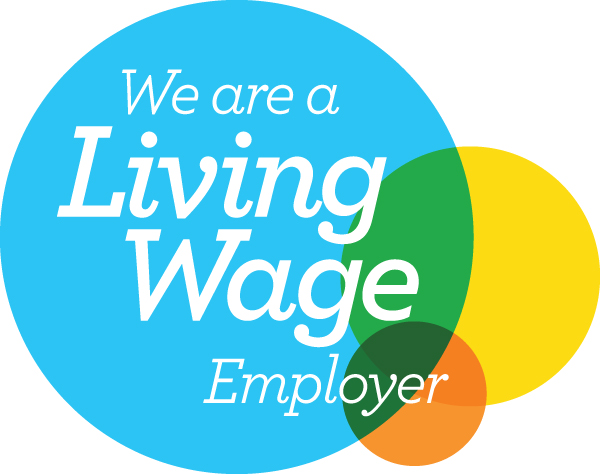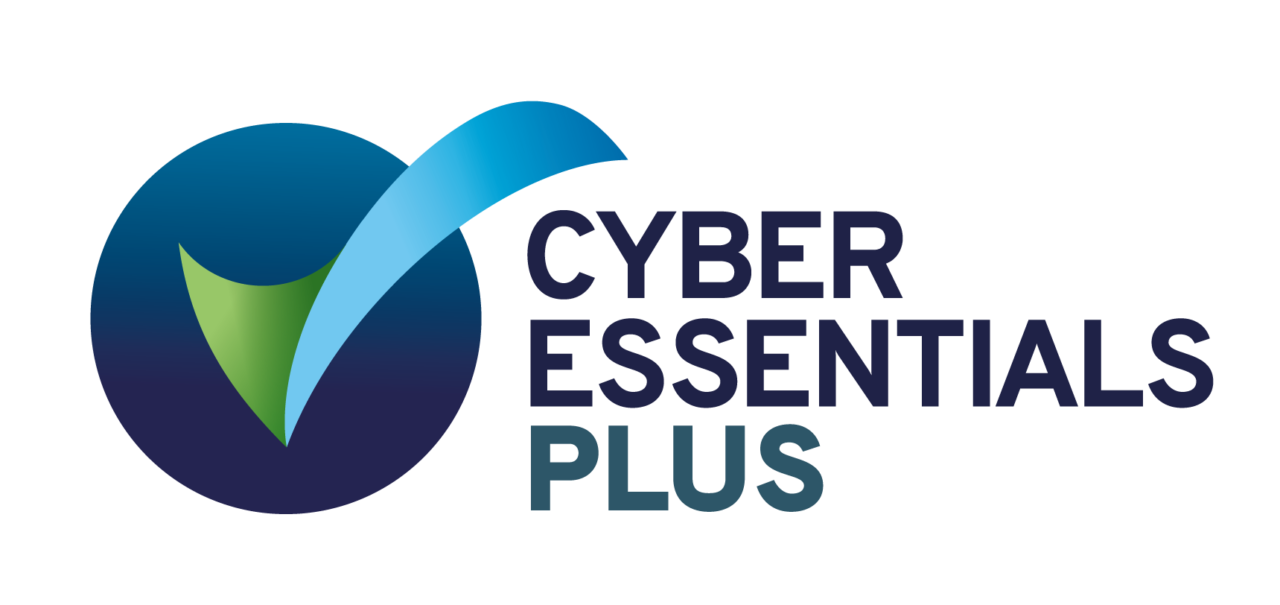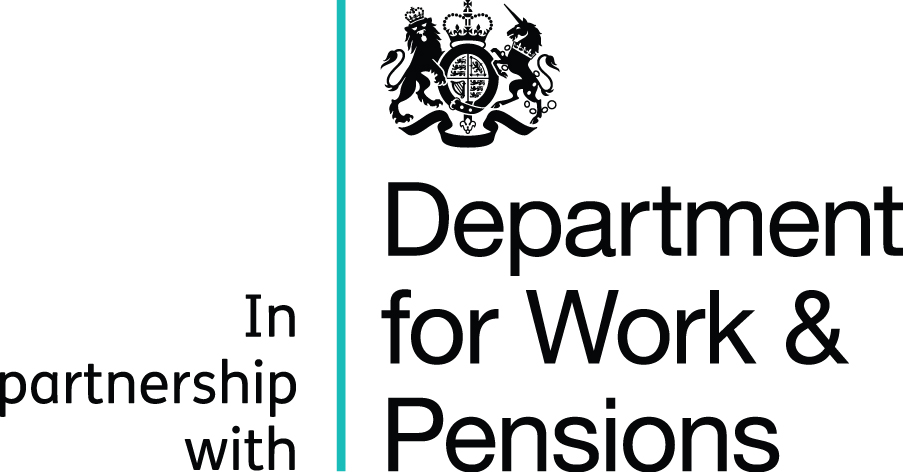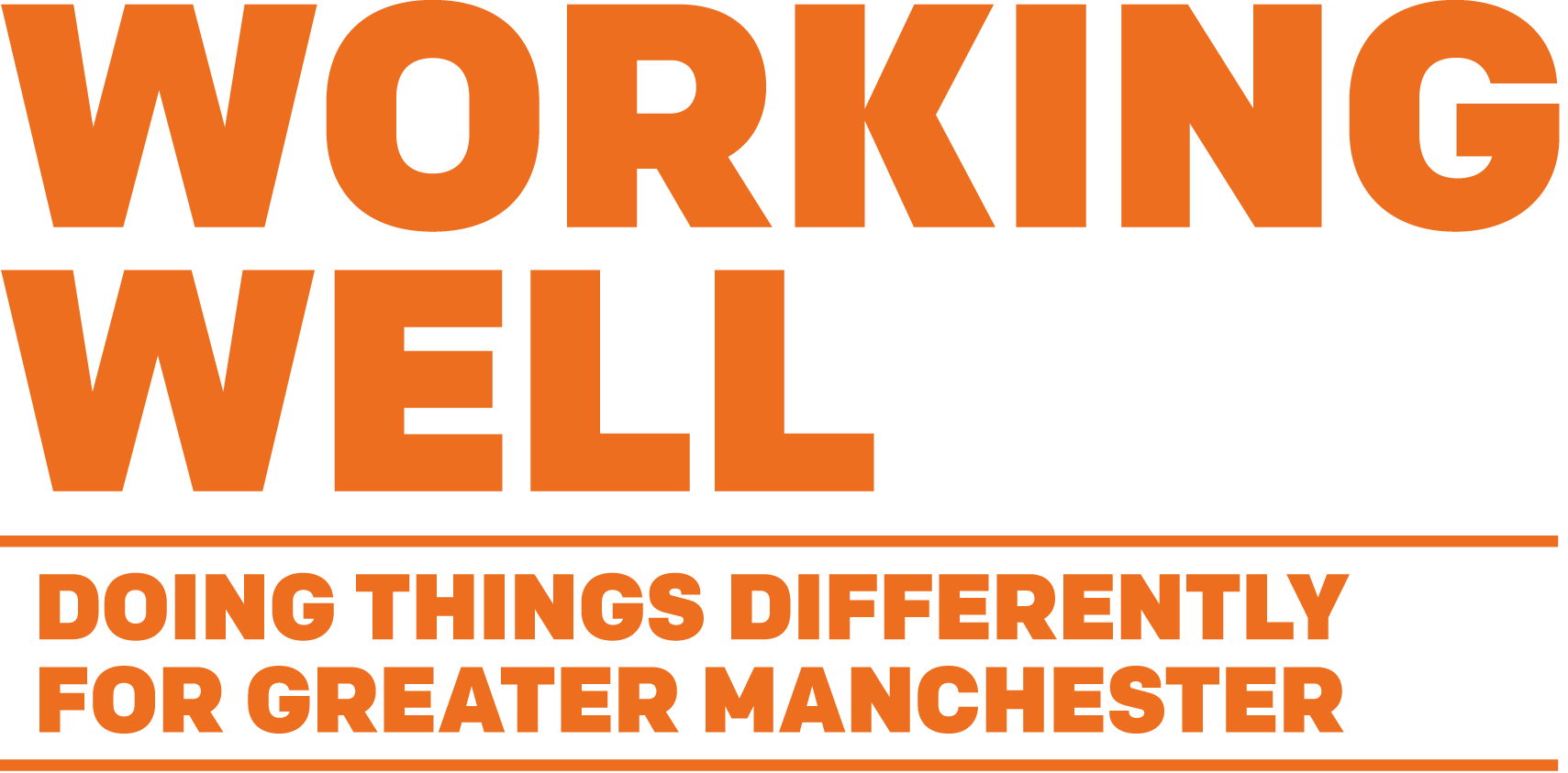What are your child’s options after GCSEs?
8 May 2023
The Department of Education’s policy is for every child in the UK to continue in education or training until the age of 18. But within these rules, there are several different routes young people can take.
The academic, subject-based options are primarily A Level and BTEC studies, but your child’s post-16 experience doesn’t have to be traditional schooling if that’s not what’s right for them.
Leaving school is likely your child’s most significant milestone to date, so it helps parents and guardians to be well-informed in order to offer the best guidance to their child. But you don’t have to do this alone, youth employment organisations are available to empower school leavers in their next crucial steps, no matter their background. Here’s an overview of post-secondary school options.
Further Education
A Levels
A Levels are a popular two-year route for children who suit the conventional school environment. They mimic GCSEs in that they are subject-based qualifications assessed via coursework and examinations at the end of the school year.
A Levels guarantee smooth cohesion from secondary school, with many schools having their own in-house sixth forms. This means there will be the same teachers, classrooms, and peer groups that your child is familiar with.
Although there might be exceptions, most sixth forms and colleges that host A Level courses desire 5 GCSEs grades 9 to 4 (this is the traditional A* to C) as minimum entry requirements. If your child excelled in a particular handful of subjects, A Levels may be right for them. Typically pupils are encouraged to take 3 or 4 A Level subjects out of around 40 available STEM and Humanities subjects. Highly sought after by universities, if your child has aspirations set on higher education, A Levels might be their fast track there.
BTEC Nationals
BTEC Nationals offer quality qualifications equal to that of A Levels, but instead they focus on just one subject across the two-year course. They are offered by colleges and some secondary schools and are delivered by the Business and Technology Education Council. BTEC qualifications might better suit your child if they have a particular industry they want to aspire towards in mind. With far more subjects available than at A Level at 2,000 different courses covering 16 sectors.
BTECs can offer greater flexibility than A Levels as they provide a solid foundation for transitioning into the workplace at 18 but are also accepted as a precursor for university. But just like A Levels, entry requirements usually linger around five GCSEs grades 9 to 4.
T Levels
First launched in 2020, T Levels are the newest option available to school leavers in the UK. They count as part of the government's effort to expand further education opportunities for young people with additional attention given to practical and job-specific skills. T Levels connect young people directly with local businesses, providing top quality, rewarding industry placements throughout their study. Set to be the gold standard of vocational alternatives to A Levels, T Levels suit young people who benefit from both classroom and workplace learning, with an 80-20 prevent ratio accordingly.
T Levels are expanding, but currently, they offer programmes dedicated to the digital, educational, health, scientific, construction, financing, and accounting spheres. In September 2023, they are introducing legal services and agriculture to their specs.
This new form of learning can lead to fruitful and fulfilling careers without the traditional exam-based structure and mammoth tuition fees that come with traditional higher education.
Apprenticeships
Apprenticeships have existed since organised labour began. Commonly associated with select trade workers, such as electricians, mechanics, and plumbers, apprenticeships today span just about every industry. They can be training courses for traditional white-collar work too, from accounting, IT, law, and management. Some apprenticeships are lengthy, advanced programmes that, upon completion, are the same qualification standard as a university degree. These ‘degree apprenticeships’ have the status of higher education without the worry of student loans. They’re great for young people who enjoy a hands-on experience over intense bursts of exams and coursework.
Getting a job
In line with government policy, children under 18 must be in at least part-time education or training, but balancing this with part-time work your child is interested in is certainly an option.
Those who take this route typically complete a Vocational Technical Qualification alongside employment. This is a general accreditation that maintains the exercise of basic academic skills while allowing time for the pupil to excel in the workplace. This regulated qualification supports a future career in any sector and usually requires one day of learning a week. Classroom time can be taken flexibly around working hours, as distance learning, or in blocks, perfect for young people who are ready for a quick transition into the workplace.
Help from organisations
Suppose you think your child might benefit from a little extra guidance. In that case, there are government-funded youth employment organisations that are designed to make this process simpler.

 Contact Us
Contact Us








.png?width=1709&height=843&ext=.png)
.png?width=1165&height=190&ext=.png)
